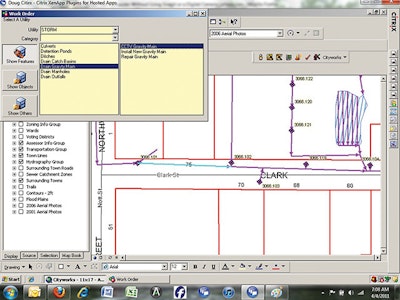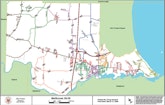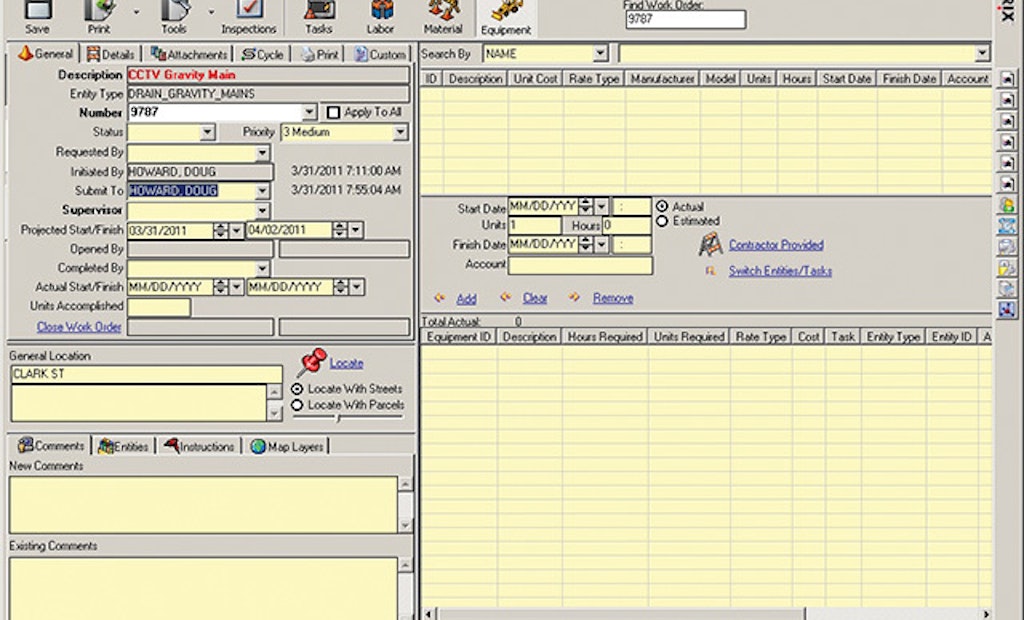The City of Saco (Maine) Public Works Department recorded maintenance on its sewer and stormwater systems on sheets of paper and index cards. Management stored the information in file cabinets by street, and the city has 300 of them.
“Every street has its own folder, and...








